Textile fibres are divided in 2 macro categories: natural fibres and techno-fibres, also called chemical fibres.
-
NATURAL FIBRES
Natural fibres represent the 40% of textile fibres used all over the world and according to their origin they are divided in 2 categories:
• VEGETAL ORIGIN (cotton, linen, hempen, jute, sisal, kapok, ramie)
• ANIMAL ORIGIN (wool, silk) -
TECHNO-FIBRES or Chemical Fibres
Techno-fibres represent the 60% of textile fibres used all over the world and they are manufactured by man throughout reactions or chemical processes. This kind of fibres is divided in 2 subcategories:
• ARTIFICIAL FIBRES: when the raw material is a natural substance. Usually in this case cellulose is treated and modified chemically.
Rayon, viscose and acetate fall into this category
• SYNTHETIC FIBRES: when the raw material is not natural but it is a substance artificially built. Indeed these fibres are obtained from synthesis processes, typically obtained from petroleum derivates.
Nylon (polyamide fibres), Acrylic (poly-acrylic fibres), PTFE (perfluorinated fibres) fall into this category.
In this article we’ll analyse in a deeper way this second category of fibres.
Techno-fibres have some improvement features compared to natural fibres, but they have some disadvantages:
| PROS • Tear strength • Thermal capacity • Water resistance • Lightweight • Fire-resistance • Biological agents resistance (moulds, bacteria, etc..) |
CONS • They aren’t biodegradable • Sometimes they cause allergies • Some fibres burns faster compared to the natural ones |
ARTIFICIAL FIBRES
Artificial fibres have been produced in order to guarantee an independent production by the influence of seasonal and environmental conditions.
In fact these fibres use cellulose derived from plants, such as from tree trunks or paper, so they can reduce productions costs.
Artificial fibres are divided in:
• Regenerated cellulosic fibres → Where cellulose is melt and then trimmed to obtain a fibre with different features (Rayon, Viscose, Cupro.)
• Modified cellulosic fibres → where cellulose is chemically modified (Acetate, Nitrate etc..)
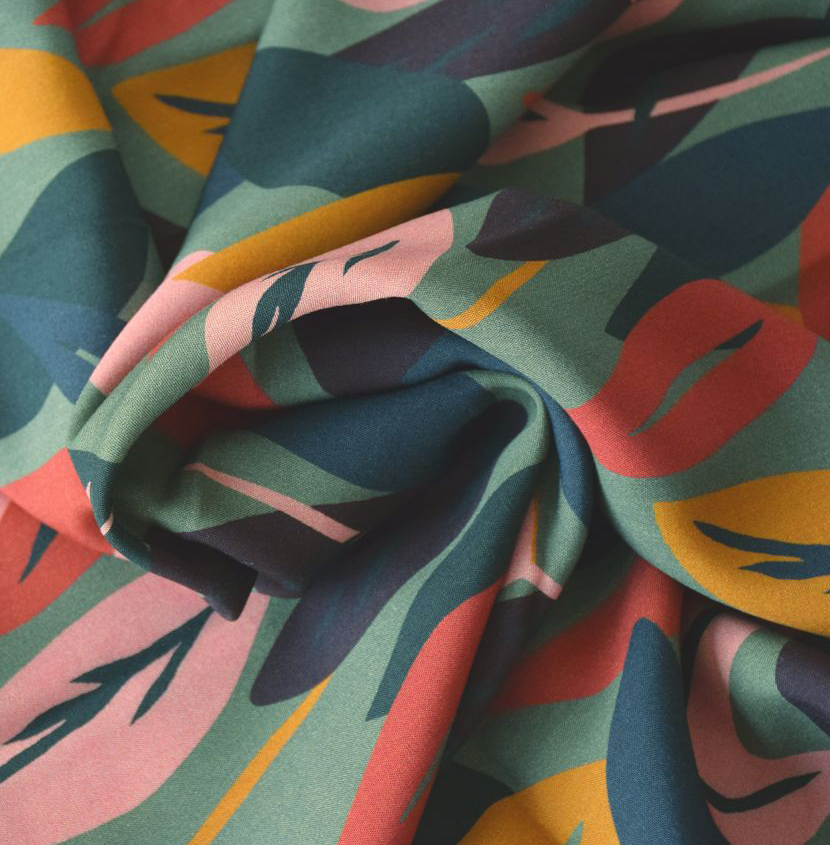 |
Rayon is a transparent fibre which is obtained from wood and cotton cellulose that once melt with caustic soda reacts with carbon disulphide by creating a substance called viscose. Curiosity: |
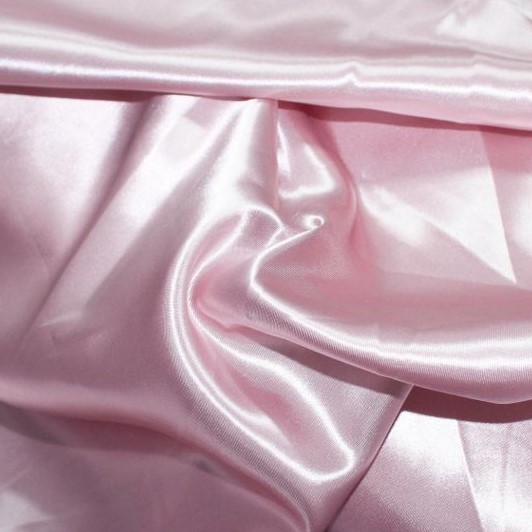 |
Acetate derives from the reaction between cellulose and acetic anhydride. Curiosity: |
SYNTHETIC FIBRES
Synthetic fibres are fibres which derive from polymerization process of petroleum-derived raw materials. These polymers can be Homopolymers (composed of a single molecule which polymerizes) or Copolymers (composed of two or more molecules which polymerize among them).
Polymers are macrostructures composed of unities (molecules) repeated billions of times.
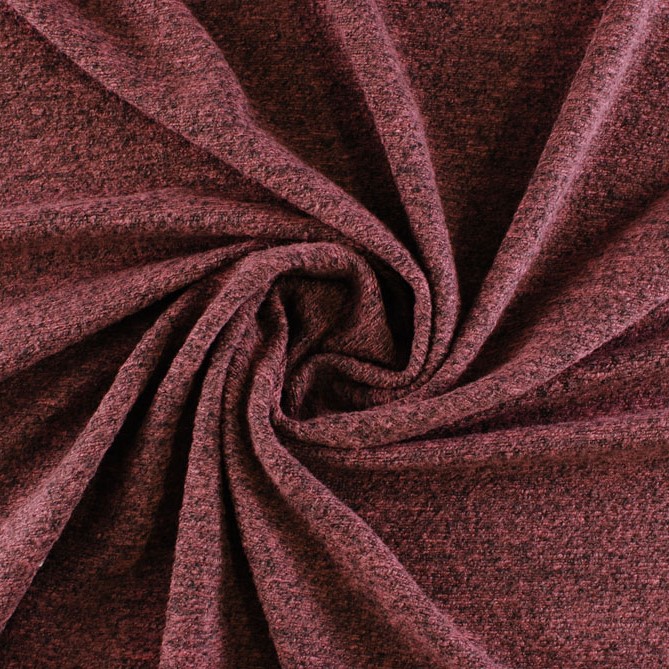 |
Acrylic derives from polymerization of Acrylonitrile. Acrylic is light, soft, hot and close to wool. Its fibres are very resistant compared to other synthetic or natural ones. Some kind of acrylic are used in clothes such as a cheapest alternative to cashmere. Curiosity: |
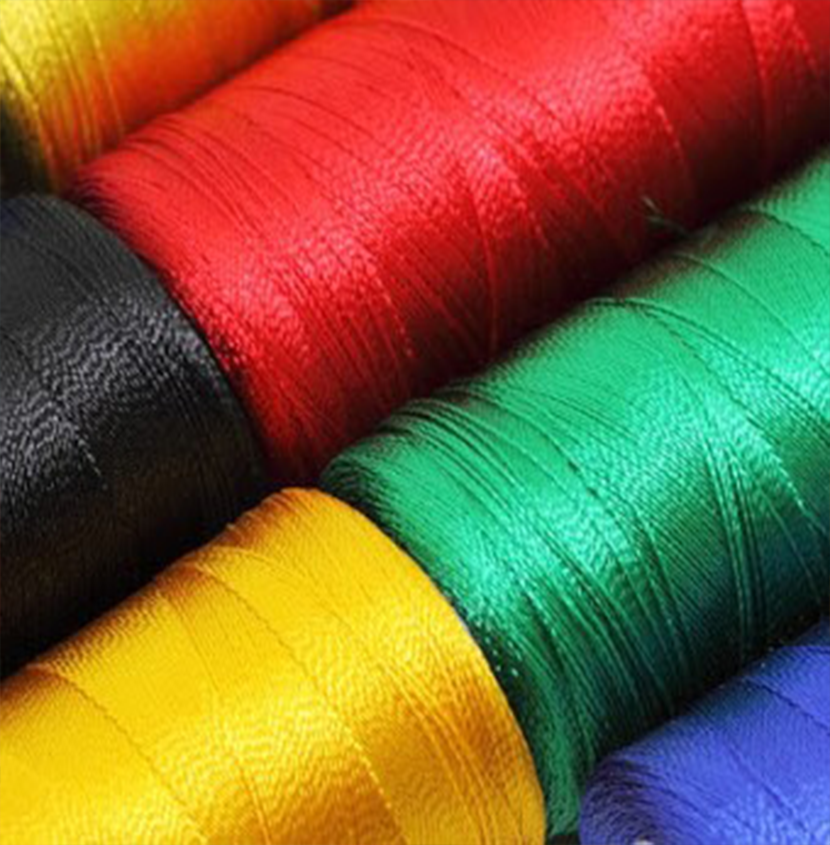 |
Polyamide fibres are among the most widely used and with a high intrinsic technological value. They take the name from the chemical bond that is created among the molecules which create it: AMIDE bond. These fibres have some features with a high technological value: • Low specific weight Among these fibres we can mention three polyamide polymers with big technological differences: Nylon, Nomex® and Kevlar®. Nylon is often used for its features of chemical resistance and elasticity, Nomex® is a polyamide fibre which has a high fire resistance, in fact it is used to produce fireman wear, while Kevlar® is a polyamide fibre used for bulletproof vests. So the same chemical bond and molecules more or less similar give origin to fibres with features and technological value very different. |
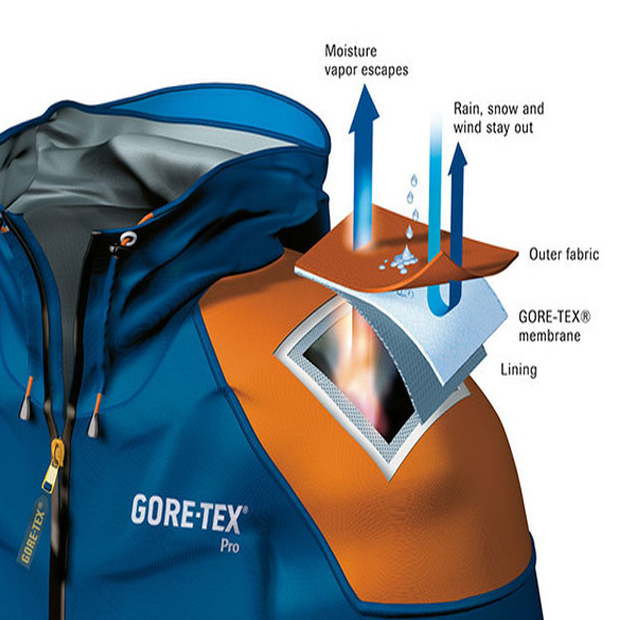 |
PTFE fibre (poly-tetrafluoroethylene) is a perfluorinated fibre with a high waterproofing power and resistant to external and chemical agents. This fibres is used to create GORE-TEX®. An expensive but very performing technical garment. |
Thanks to the combined use of synthetic and artificial fibres we can have a wide range of different garments. Every one with its features and peculiarities in the maintenance.
Its is always recommended to read the label of the garment and follow the producer advice who know s the process carried out.




















